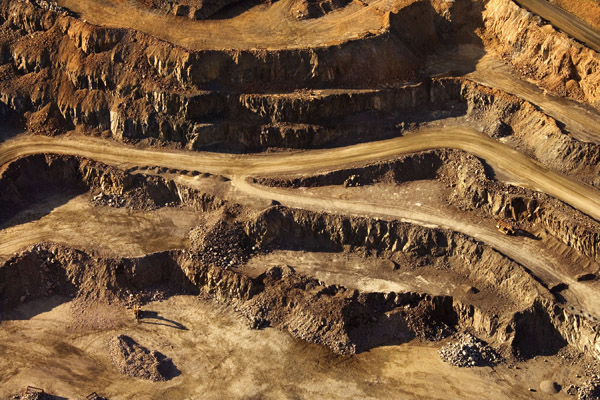Puneet Parikh (New Delhi, India)
New and exciting costs for solar and wind power and cutting-edge innovations are making clean energy a compelling proposition in Sub-Saharan Africa, which faces the world’s largest gaps in electricity access. But because solar and wind power are variable by nature, it is essential to find effective ways to store the electricity they produce for the use when it is needed most. Thus, it did not come as a surprise when South Africa’s Minister of Energy recently announced that his country is planning to switch to renewables.
Meanwhile, the Swedish International Development Cooperation Agency (Sida) has confirmed its expansion project of $50 million into the regions of Burkina Faso, Liberia and Mozambique. Following the success of Sweden’s investment in small-scale energy services in Zambia, the project expansion will give between 5 and 15 million people in rural and slum areas access to electricity, according to a Sida statement. South Africa can employ its own feedstock to produce batteries, to use both for domestic purposes and for exporting. In this way, there will be a progressive dismantling of big centralized power plants in favor of distributed generation, mini-grids and batteries.
Catalyzing new markets will be key to drive down costs for batteries and make it a viable energy storage solution in Africa. The “Batteries, Energy Storage & the Renewable Future” event in Cape Town on 24-25 February was attended by more than 200 participants from companies including Tesla, General Electric, Fluence, Siemens, the Southern Africa Power Pool, and national research labs and utilities from many countries. Jeff Radebe said at the conference that the global energy landscape is moving towards a more sustainable system and technological advancements are replacing fossil fuels. He defined storage systems as “key ingredients” to allow renewable energy development.
Today, battery technology is costly and not widely deployed in large-scale energy projects. The gap is particularly acute in Sub-Saharan Africa, where nearly 600 million people still live without access to reliable and affordable electricity, despite the region’s significant wind and solar power potential and burgeoning energy demand. A new, first-of-its-kind $1 billion World Bank Group (WBG) program aims to help fast-track investments in battery storage by raising $4 billion more in public and private funds and convening a global think tank with the ultimate goal of financing 17.5 GWh of battery storage by 2025 – more than triple the 4-5 GWh currently installed in all developing countries.
Global demand for battery storage is expected to reach 2,300 GWh by 2030, while power systems around the world will need nearly ten times more — 22,000 GWh — of storage capacity by 2050 to integrate more wind and solar energy into the electricity grid. To that end, the WBG is also developing solar parks with 150 MW of PV and some 200 MWh battery storage each in Mali and Burkina Faso – the largest in the region. Other projects include a combined solar and battery storage project in Haiti, an emergency solar and battery storage power plant in the Gambia and mini-grids in island states to improve resilience. In recent years, the WBG has also been working with other countries to support the deployment of batteries with solar and wind power, with projects currently under preparation in Africa, South Asia, Latin America and the Caribbean and the Pacific. And with more and more countries on board, the 100% shift to renewables might come sooner than we think.




